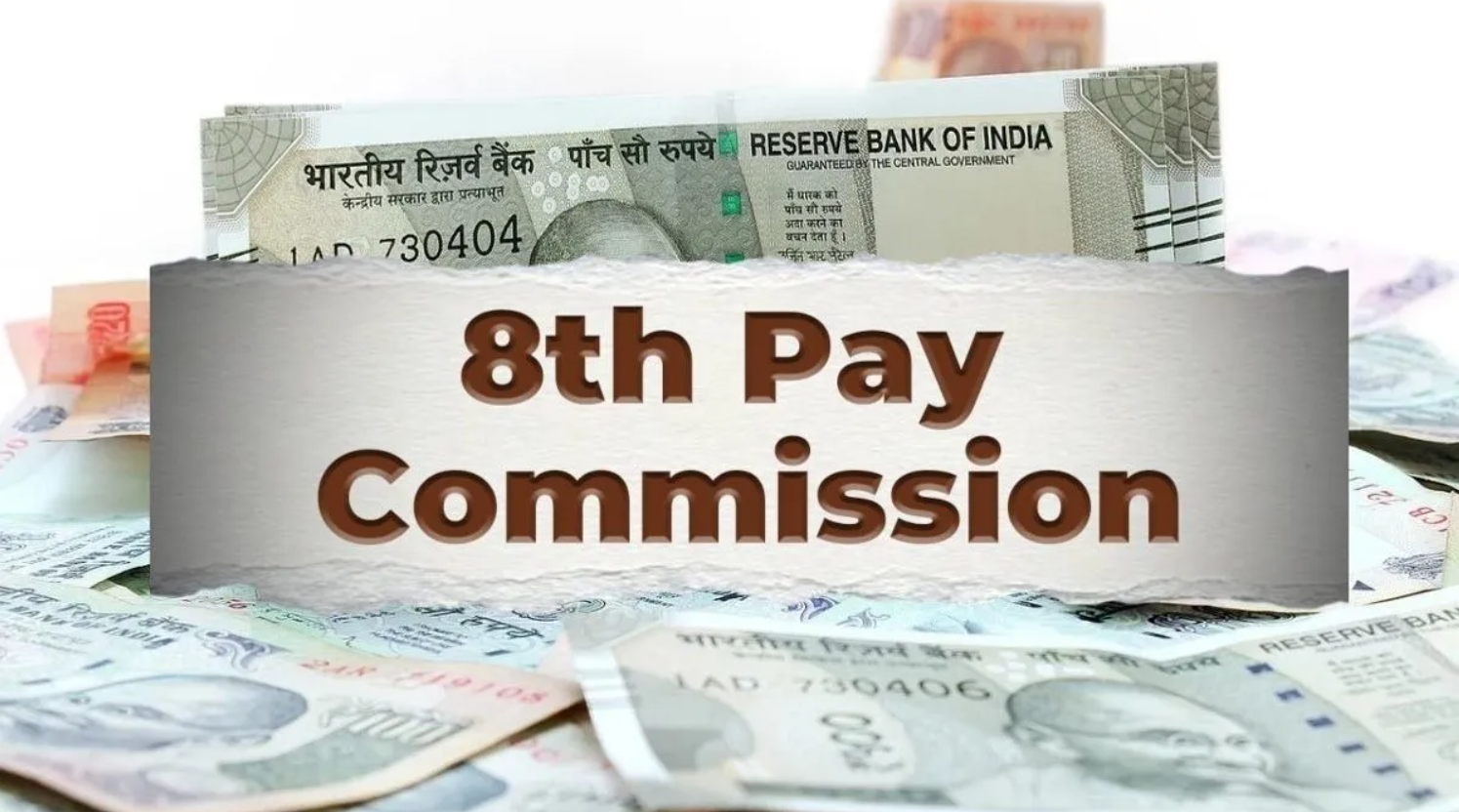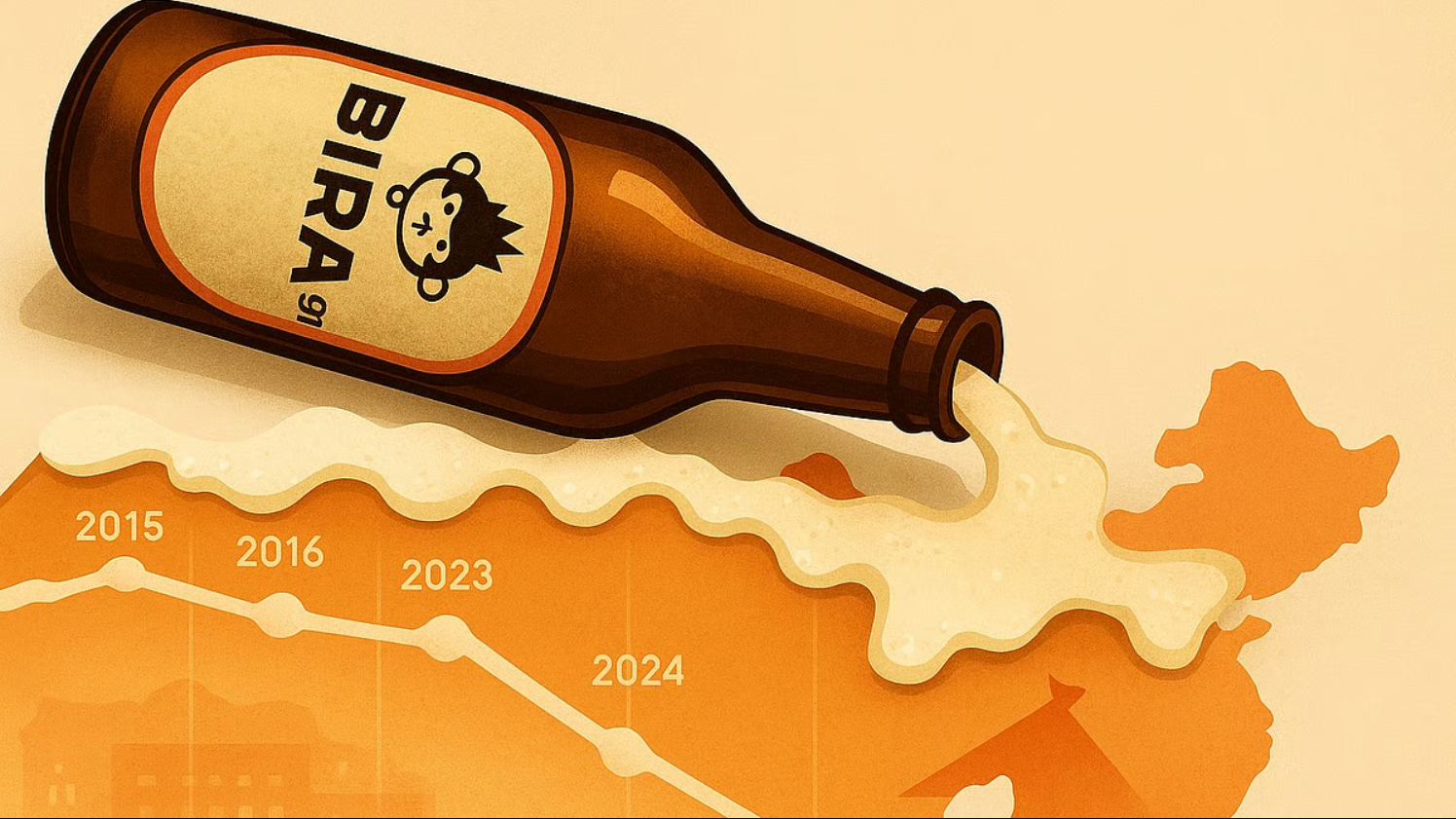The buzz surrounding the upcoming 8th Pay Commission has sparked hopes of significant salary hikes among central government employees and pensioners. Social media, forums, and news platforms are flooded with speculation that salaries might increase by over two times once the recommendations are implemented. However, these assumptions are often based on an incomplete understanding of the fitment factor, which is a key determinant in the pay revision process.

To understand the true implications of the 8th Pay Commission, it is important to first understand what the fitment factor really means. It is a coefficient used to calculate the new basic salary by multiplying it with the existing basic pay. For instance, during the 7th Pay Commission, the fitment factor was set at 2.57. This led to an increase in the minimum basic pay from seven thousand rupees to eighteen thousand rupees. But despite this, the overall salary hike across the board was not 157 percent. In reality, the average increase was only around fourteen percent.
This is where the misunderstanding lies. A higher fitment factor does not necessarily mean that the entire take-home salary will multiply by the same number. According to a report by Ambit Capital, the expected fitment factor in the 8th Pay Commission could range between 1.83 and 2.46. To put that in context, if an employee currently draws a basic pay of fifty thousand rupees, the revised pay might range between ninety one thousand and one lakh twenty three thousand. While this appears to be a significant jump, the actual hike in overall salary is likely to be much smaller.

One major reason for this is the adjustment of the dearness allowance into the revised basic pay. When the new pay structure comes into effect, the DA, which accumulates over time, is reset to zero and absorbed into the basic salary. This adjustment tends to mute the actual benefit that employees receive in hand. Similarly, other allowances which are calculated as a percentage of the basic pay are revised accordingly and may not deliver the windfall many are expecting.
Ambit Capital’s analysis suggests that even with a fitment factor as high as 2.46, the real increase in total salary would be around thirty to thirty four percent. Another report by Kotak Institutional Equities is even more conservative, stating that if the government decides to go with a lower fitment factor of 1.8, the salary increase may be as low as thirteen percent. This could come as a disappointment to those who are expecting their salary to double or rise two and a half times.
Looking back at previous pay commissions helps put things into perspective. The sixth Pay Commission had a fitment factor of 1.86, which was widely interpreted to mean an eighty six percent hike. However, the actual average salary increase ranged only between twenty to twenty five percent. Similarly, the seventh Pay Commission’s fitment factor of 2.57 resulted in an actual increase of only around fourteen percent.

Adding to the uncertainty is the delay in the official process. The government has yet to issue a formal notification of the Terms of Reference for the 8th Pay Commission. The appointments of commission members have also not been finalized, pushing back the expected implementation timeline. Although the new pay structure was originally set to come into effect from January 2026, it now appears that the implementation may be delayed until 2027.
With these facts in mind, it is important for employees to manage their expectations. While the fitment factor is a useful metric to estimate basic pay revisions, it does not represent a complete picture of take-home salary changes. The adjustments to dearness allowance, recalibration of other allowances, and taxation implications all contribute to the final amount that employees receive in hand.
In conclusion, the 8th Pay Commission will likely bring a meaningful but not monumental increase in salaries. Rather than hoping for a doubling of income, employees would benefit from planning their finances based on realistic projections and policy timelines.
For more such finance insights, expert breakdowns, and personal budgeting strategies, follow You Finance on Instagram and Facebook. Stay updated, plan smart, and take control of your money.















